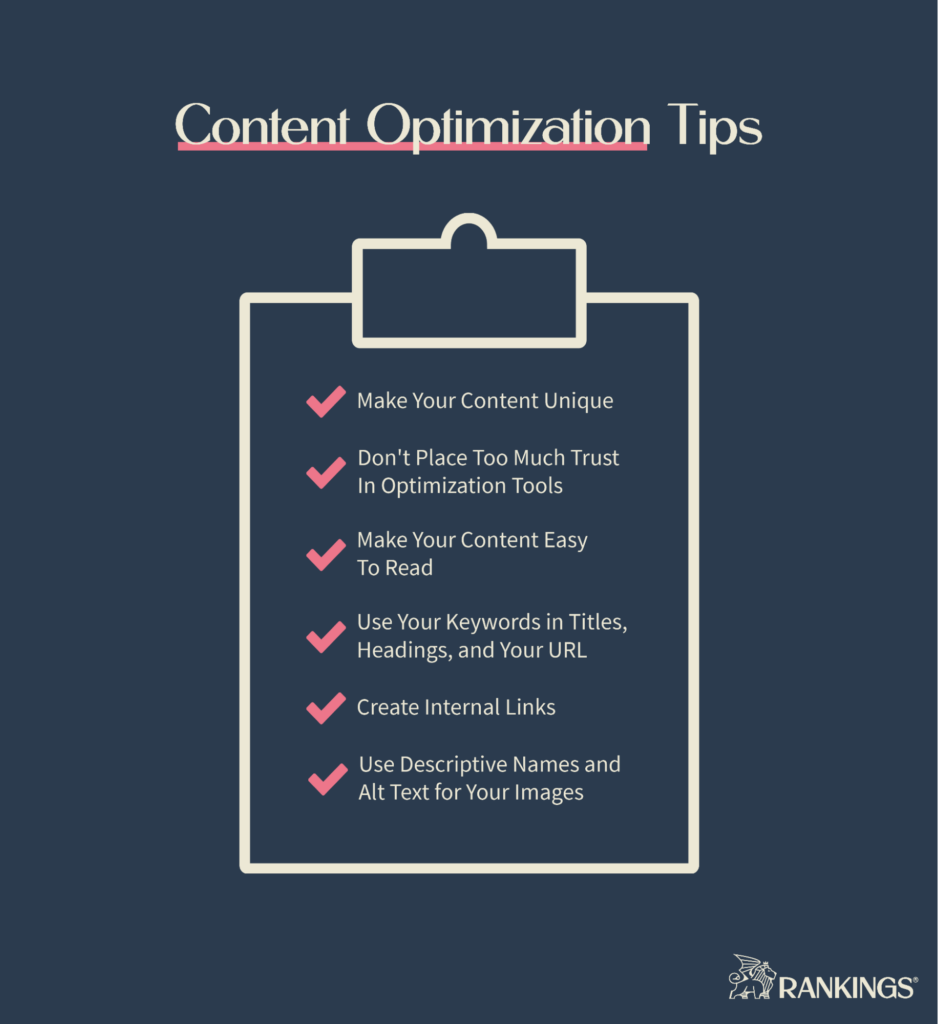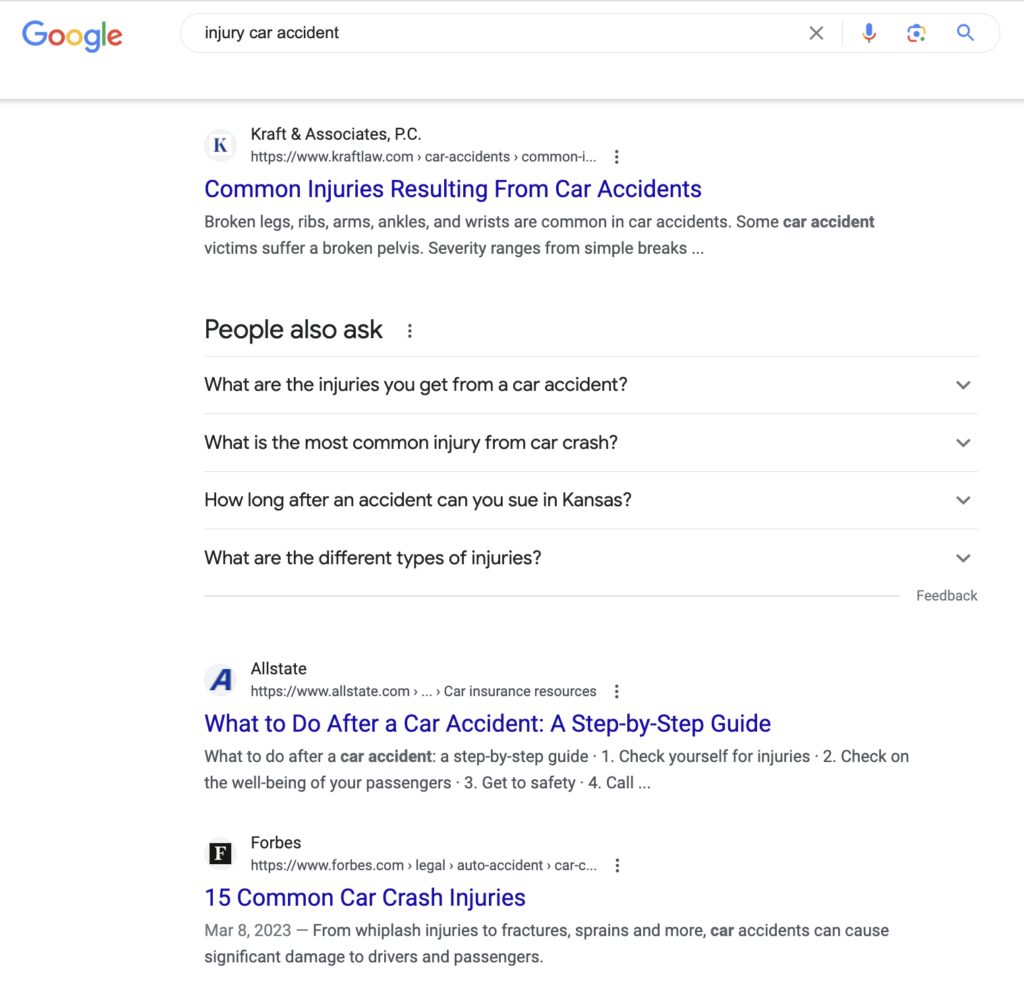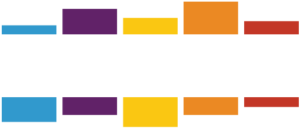Content optimization is a crucial part of successful digital marketing through search engines.
Optimized content ranks higher on Google. It’s a key part of creating high-quality content that both search engines and people love. It’s essential to improving your site’s visibility and increasing your website traffic.
This guide is for you if you’ve never optimized a page’s content before. The insights and interactive guides here will help you make more effective content regardless of your experience level.
Choose Your Target Keyword
Almost everything to do with SEO begins with keyword research. Whether you’re creating a new page or optimizing an old one, you need to have a target topic in mind. Finding that target topic requires keyword research.
If you haven’t done keyword research yet, start there.
A good keyword to target is one that is topically relevant to your site. It should be valuable to your business. It should also be within your ability to create and rank for. It should have an achievable keyword difficulty and fit the development resources available to you.
Whatever keyword you choose to create, it should be helpful and valuable to your target audience.
For example, a personal injury lawyer who wants more car accident cases should create the type of content that accident victims search for online. This lawyer may decide that the topic should i get a lawyer for a car accident is a solid target.
It’s a relevant keyword for the business, fits the site’s topic, and injured people search for it regularly.
But if that lawyer wants to rank for the term, they’ll need to do more than pick it and start creating a page. You have to first uncover what people want when they type a query into Google.
Check the Search Intent for Your Target Keyword
Matching your content with the search intent for your target keyword makes sure the right audience can find your page.
Search intent describes what people want to find when they search for something on Google. Everyone has a why behind their search query. They could be looking to learn about, do, or buy something or they might be trying to go somewhere (whether online or in person).
Searchers also have a specific kind of page in mind when they use Google. They may be looking for an article, a tool, a service page, a product, or something else. They might prefer a list or a guide when looking for an article.
Understanding these desires is important if you want to rank.
Content that aligns with a keyword’s intent performs better in search engine results pages (SERPs). Google wants people to keep using their search engine. Their search engine’s algorithm looks for content that fulfills people’s intent and ranks those pages at the top of the results.
Matching search intent matters whether you’re creating a new page or updating an old one.
Looking at Google’s search results for your target topic is often all you need to figure out the searcher’s intent. The walkthrough below will show you how to break down a SERP to determine what kind of content you should create.
If you have access to the SEO tool Ahrefs, you can also use it to find the intent for a keyword. Just go to Ahrefs Site Explorer and enter your target keyword. Here’s how:
The Ahrefs method is easy, but it’s not perfect.
It may not work for you if your business relies on local clients. Google often localizes results for service businesses, and Ahrefs doesn’t have a great way of surfacing these differences across locations. If you’re a local business, looking at a SERP is almost always the better option.
Regardless of the option you choose, you can now tell what the intent is for should i hire a car accident lawyer.
People looking for this topic have an investigational intent. They want an article to answer their main questions about the topic. They want the article they read to be formatted as a guide.
Once you know the content type, content format, and angle, you can start figuring out what details your content should cover.
Review the Relevant Ranking Pages for Your Target Topic
Understanding the intent lets you know the overall direction and angle you should take with your article. To dig into what the searcher expects to see when they visit a page, you have to visit those pages yourself. Your competitor’s pages can give you insight into the searcher’s needs.
But it’s not as simple as opening all the pages in the results and reviewing them.
Not every ranking page hits the search intent. In most cases, the top three to four pages are the only ones you need to look at. These are the pages that Google ranks highest because its algorithm has determined they best match what people want.
Here’s a quick way to determine which pages are worth looking at and which aren’t.
After opening the relevant pages, you’re ready to start reviewing their contents.
Pay attention to the headings that each site uses. These are the clearest indications of the questions readers want answered. They also point you toward the subjects they want to learn about.
It’s also important to look at the body content. As you check out each page, look at the core ideas covered in each section. Also, keep an eye out for features like tools or calculators. You’ll likely need to devote development resources toward building a tool if you see them on the top pages.
Recurring concepts in competitor articles are a good indication that your page should cover the same ground. At the same time, consider that the further down the SERP a page is, the less sure Google is of its relevance to the intent. That means you should place less emphasis on including ideas from lower-ranked competitors.
The walkthrough below will guide you through some tips for finding commonalities between top-ranking pages.
Finding all of the headings on a page can be a chore. Some sites use text styling that makes it difficult to tell if something is a heading or just bold text. Dedicated SEO extensions for Chrome-based browsers can make finding them—and assessing pages—much easier.
There are a few different free extensions that you could choose from, including:
Each extension is interchangeable as far as looking at headings goes. But if you have an Ahrefs account, their extension may be best for you because of some additional features. Here’s how you can use it to quickly find the headings on a page.
After looking at each of the relevant ranking pages, you should have a better idea of what your page should look like.
If you want to target the topic should i get a lawyer for a car accident, you now know that the page should cover things like:
- When they should contact or hire a car accident lawyer
- Why someone should hire a lawyer
- The benefits of hiring a lawyer
- What to do if it was a minor accident
- The types of damages a victim could recover after an accident
Looking at things that are less common among ranking pages, you may also consider covering ideas like statutes of limitations for accidents and what to do if the accident wasn’t your fault.
Inspect the Competitors’ Keywords
Looking at the keywords your competitors’ pages rank for can also help you determine what you should talk about in your content.
Ahrefs’ Content Gap tool can help you find relevant terms your competitors share. The terms they have in common may not be obvious just by looking at their posts. Here’s how to use the Content Gap report to find what you may be missing.
Running a gap report is helps uncover latent intents and ideas to address, but take this report with a grain of salt.
One page can rank for thousands of keywords. Not all of the keywords that the page ranks for will be relevant. You should ask yourself if an idea actually fits the overall intent as you look at the keywords in the gap report.
If you question whether a keyword fits the intent, you can check out the workflow below to determine whether two terms should be the focus of the same page.
If you’d like to learn more about comparing terms, check out our interactive guide to keyword research.
Now that you’ve determined what you’ll need to rank for a topic, you’re almost ready to start creating your own page.
Use an Optimization Tool to Create Your New Content
You might be tempted to jump into Microsoft Word or Google Docs and get started on your content. But there’s a better way to produce optimized content. Dedicated search engine optimization tools can help you make content that’s ready to compete in search right out of the gate.
Optimization tools offer several benefits for creating or updating pages.
These tools can crawl the web for your target keyword and provide data-backed insight into what it takes to rank. This makes outlining your content much easier than coming up with a direction out of thin air.
They also offer content grading features. Because they can scan the ranking pages, these tools can show you the optimal content length, which keywords to use, and how to use those keywords.
SEO tools allow you to create SEO-friendly content more efficiently and effectively than freehanding it.
There are a few different content optimization tools that are worth evaluating. Some of the best options include:
A walkthrough for each of these tools is beyond the scope of this article. But if you want to dive into any one of them, you can check out the guides below:
- How to Use Surfer SEO
- Clearscope Guides & Tutorials
- Getting Started with MarketMuse
- Frase Crash Course
An important thing to note about any of these options is that they’re just tools. They may suggest terms that don’t make sense with your content. Or they may tell you to use a specific term an unusual number of times.
Use your best judgment as you work in the tool to create content that people would actually enjoy reading.
After running your optimization report, you’re ready to start building out your article outline. You’re on the right track from there to begin drafting your first piece of content that’s optimized from the beginning.
Content Optimization Tips

Writing content that’s optimized for the web is different from most of the writing you’re probably used to. Here are a few tips to help you succeed.
Make Your Content Unique
First, content optimization isn’t a paint-by-numbers game.
All your research up to this point may make it seem like you’re just copying other people’s content. That’s one of the biggest mistakes that you can make. The pages that rank in search only indicate what people want to learn about when they search for your target keyword.
It’s up to you to make your content unique.
Inject your company’s point of view into your content so that your unique value proposition shines through. You should also consider the information valuable to your audience that your competitors have left out. Adding useful information demonstrates your expertise and contributes to what Google calls information gain.
Don’t Place Too Much Trust in Optimization Tools
Over-reliance on the data your optimization tool gives you can hurt your page’s search engine rankings.
You don’t have to include every single keyword your optimization tool suggests. The tool isn’t the word of god. Following its suggestions to a tee can lead to keyword stuffing. Stuffing used to be standard practice when Google wasn’t as advanced, but now it’s a confirmed negative ranking factor that will do more harm than good.
Instead, you should use the keywords and entities that the tool suggests in a natural way. If a term doesn’t make sense with your draft, feel free to skip it.
Make Your Content Easy to Read
People on the web don’t want to read long walls of text or content that’s way over their heads. Many professionals, such as lawyers, tend to write content that’s more suited to the courtroom than a website.
Make your content skimmable by breaking the text up and adding subheadings (these are also great places to enrich with keywords).
You can use tools like the Hemingway Editor to simplify your prose. Bringing your content down to an audience-appropriate reading level makes it more likely that your message gets across.
Use Your Keywords in Titles, Headings, and Your URL
Try to fit your target keyword into your URL, title tag, and H1 tag.
That’s easy if your keyword is something like should i hire a lawyer for a car accident. You can slap an angle onto it for the article’s title and use the keyword itself as the URL slug.
But some keywords don’t make sense in a title tag—they’re either too long or grammatically incorrect.

For example, the keyword injury car accident doesn’t make sense in a sentence. The term would work in a URL, but you’d need to modify it for a title.
And that’s okay.
Google is smart enough to know that an article with the phrases car accident injuries or injuries from a car accident is the same as injury car accident.
You can also try placing your keyword in your meta description. It’s not a ranking factor, but having a keyword in the description could improve your conversion rate.
Create Internal Links
Next, look for internal linking opportunities to and from your existing content to your new piece of content.
When you link from existing content that’s already in Google’s index to your new page, you’re giving the algorithm a clue about the topic of your new piece. Internal links on your site help Google understand how every piece fits together in context.
Check out the walkthrough below to see how to use Google’s advanced site search feature to find internal linking opportunities.
Use Descriptive Names and Alt Text for Your Images
Optimization extends beyond the written content. The images that you use should be optimized, too.
Using descriptive names and alt text for your images helps people who rely on screenreaders understand what your images are about. This accessibility feature is vital for people with visual impairments who want to use the internet.
It’s also helpful to Google. When you name your images appropriately, you have an opportunity to tell the web crawler how the image relates to your content. This helps the algorithm gain even more context about your page.
Optimizing Existing Content
New pages aren’t the only parts of your site that can benefit from content optimization.
The existing pages on your site can benefit from occasional content optimization too. Sometimes pages decline in rankings over time due to a shift in search intent or better pages from competitors. Other times, a page you created may struggle to rank at all.
When you review existing content, such as through an SEO audit, you may discover opportunities to optimize those pages.
You can apply many of the ideas we talked about earlier in this article to older content as well.
When you want to optimize a piece of editing content, start by asking yourself if the piece matches the keyword’s search intent.
If not, you may need to rewrite or reorganize parts of your content. You may need to rewrite it from the ground up in some cases.
Look at the ranking pages, too. Do the competitors talk about concepts that your page is leaving out?
If so, you may want to expand your page to address those themes.
Your optimization tool comes in handy whenever you need to rewrite or add new content to an existing page. Your optimization tool can show you where your page may be missing important keywords. It can help you identify what sections and content your competitors cover that you lack. It’s also helpful for identifying when you may have over-optimized a page.
Your page could also suffer from an unoptimized semantic structure.
Google understands your page by reading the HTML it’s coded in. If something is wrong with the code, it will have a difficult time parsing the content. Even something small, like a page with too many H1 tags, could impact your rankings.
If your page passes all of these tests, it could be that the competitors have more (or more relevant) backlinks pointing to their pages.
If so, you might want to build new, high-quality links to your page or disavow irrelevant links that pull your page down.
Final Thoughts on Mastering Content Optimization
Content optimization is a powerful lever to pull in your SEO toolkit.
An optimized page can drive more organic traffic to your site from search engines than an unoptimized attempt. This is true whether you’re crafting a brand-new page or revamping an existing one.
Well-optimized pieces of content are those that are tailored to your audience’s search intent while offering a readable and unique experience.
The challenge lies in creating content that is not just compelling to readers but also helps search engine algorithms understand your page. It’s a blend of art and science. But the benefits are worth the effort.
At Rankings.io, we specialize in assisting personal injury lawyers in their SEO journey. We understand the unique challenges in your field and know how to make content that works for you. If you’re ready to elevate your content and drive more traffic to your site, reach out to us today. Let us take your law firm’s online presence to new heights.
The post An Interactive Guide to Content Optimization for New Pages and Existing Content appeared first on Rankings.




